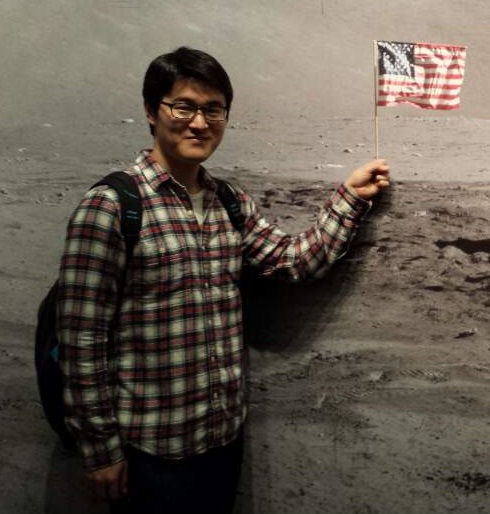Dissertation Defense
Ultra-thin highly absorbing medium-based optical nanocavity for photonic and optoelectronic devices
Add to Google Calendar

Optical cavities, which generally consist of an optically transparent medium with wavelength-scale thickness, have been widely used in various areas ranging from lasers and modulators to sensors and filters. A trivial optical absorption in the cavity allows incident light to constructively interfere with reflected light many times without serious loss, thus being able to create a resonance at a certain wavelength. However, a traditional optical cavity has faced challenges in achieving an angle-insensitive property, thereby dramatically limiting their applications in a wide variety of fields.
In this dissertation, we present several demonstrations, all based on optical nanocavities featuring strong resonance behaviors in highly absorbing media with the ultra-thin cavity thickness as compared to the wavelength of incident light, which is distinctly different from the conventional optical cavity systems. We firstly demonstrate angle invariant structural color filters with high-color-purity exploiting a concept described above. We also present a new photovoltaic (PV) scheme incorporating novel optical design and electrical design to create colored semitransparent PV cells, which could be harmoniously integrated with interiors and exteriors of the buildings, such as facades, windows, ceilings, and walls. This enables large surfaces of architectures to be efficiently utilized to generate the electric power. Lastly, we describe how our strategy could be expanded to other areas, such as perovskite PV and wire grid polarizers. The presented approach could open door to numerous applications, including energy-efficient ultra-thin colored display technologies and decorative building-integrated PV.
 MENU
MENU 
